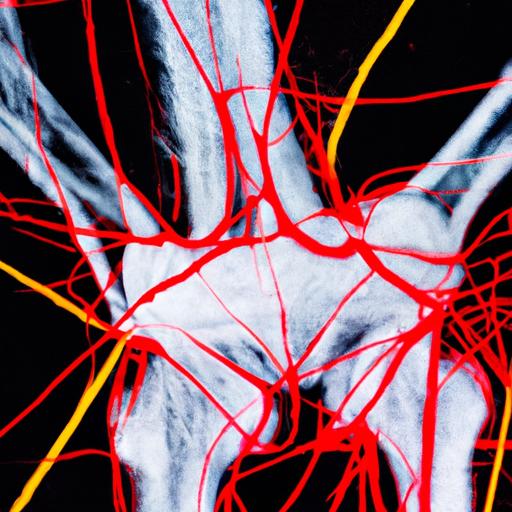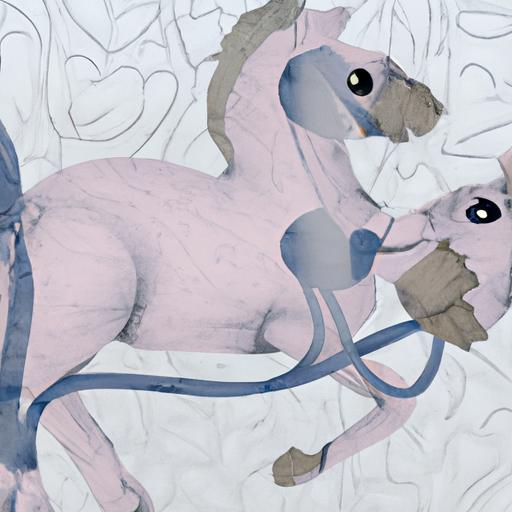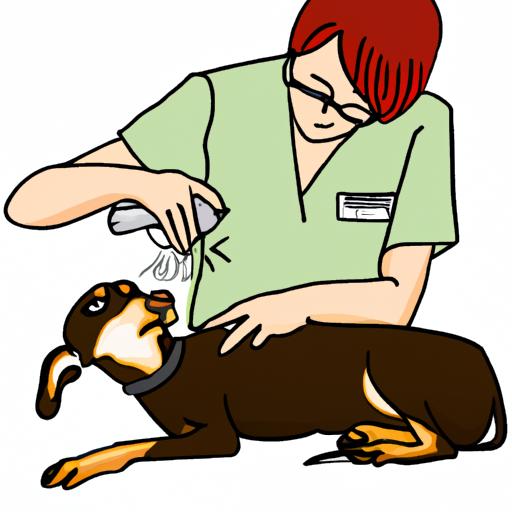
Canine Inflammatory Polyradiculoneuropathy: Nerve Disorder Awareness
Learn about Canine Inflammatory Polyradiculoneuropathy: Nerve Disorder Awareness. Discover the causes, symptoms, diagnosis, and treatment options for this condition.
Canine Inflammatory Polyradiculoneuropathy (CIP) is a nerve disorder that affects dogs, causing inflammation and damage to the nerves. This condition can lead to various symptoms and can be debilitating for our furry friends. It is crucial to raise awareness about CIP to ensure early detection, proper treatment, and improved quality of life for affected dogs. In this article, we will delve into the details of Canine Inflammatory Polyradiculoneuropathy, its causes, symptoms, diagnosis, and treatment options. Let’s shed light on this condition and equip ourselves with the knowledge needed to recognize and address it effectively.

Understanding Canine Inflammatory Polyradiculoneuropathy
Definition and Causes of CIP
Canine Inflammatory Polyradiculoneuropathy is an immune-mediated disorder that affects the peripheral nervous system in dogs. The exact cause of CIP is not fully understood, but it is believed to occur due to an abnormal immune response, wherein the immune system mistakenly attacks the dog’s own nerves. This immune response can be triggered by various factors, including infections, vaccinations, or underlying genetic predispositions.
Symptoms and Clinical Manifestations of CIP
Recognizing the symptoms of Canine Inflammatory Polyradiculoneuropathy is crucial for early detection and intervention. Common symptoms include weakness, difficulty in walking or standing, muscle atrophy, loss of coordination, and even paralysis in severe cases. Dogs may also exhibit pain, tremors, and a decrease in their ability to control bodily functions. It is important to note that the symptoms may vary depending on the affected nerves and the progression of the disease.
Diagnosing CIP: Tests and Procedures Involved
To diagnose Canine Inflammatory Polyradiculoneuropathy, veterinarians employ various tests and procedures. A thorough physical examination, along with a detailed medical history, is the first step. Blood tests, nerve conduction studies, electromyography, and cerebrospinal fluid analysis may also be conducted to evaluate nerve function, rule out other potential causes, and confirm the diagnosis. The precise diagnostic process will depend on the individual case, and veterinary expertise is crucial in interpreting the results accurately.
Frequently Asked Questions (FAQ) about Canine Inflammatory Polyradiculoneuropathy
What breeds are more susceptible to CIP?
While Canine Inflammatory Polyradiculoneuropathy can affect any breed, certain breeds have shown a higher susceptibility to the condition. Breeds such as Akitas, Boxers, Golden Retrievers, and German Shepherds have been observed to be more prone to developing CIP. However, it is essential to remember that any dog can potentially be affected, regardless of breed.
Can CIP be prevented?
Preventing Canine Inflammatory Polyradiculoneuropathy entirely may not always be possible due to its complex nature. However, there are steps that dog owners can take to potentially reduce the risk or severity of the condition. These include maintaining a healthy lifestyle for their pets, ensuring regular vaccinations, and providing a balanced diet. Consulting with a veterinarian and following their recommendations can significantly contribute to a dog’s overall well-being.
Is CIP a progressive disease?
Canine Inflammatory Polyradiculoneuropathy is considered a progressive disease, meaning it tends to worsen over time if left untreated. However, early detection and appropriate treatment can significantly slow down the progression and improve the prognosis for affected dogs. It is crucial to seek veterinary attention as soon as any concerning symptoms are noticed to provide the best chances for a favorable outcome.
How is CIP treated?
The treatment of Canine Inflammatory Polyradiculoneuropathy involves a multi-faceted approach that aims to manage symptoms, reduce inflammation, and modulate the immune response. Veterinarians may prescribe immunosuppressive medications, such as corticosteroids or other immunomodulatory drugs, to control the immune system’s overactivity. Supportive care, including physical therapy, pain management, and monitoring for secondary complications, is also vital for the well-being of affected dogs.
Conclusion
Raising awareness about Canine Inflammatory Polyradiculoneuropathy is essential to ensure early detection, prompt treatment, and improved quality of life for dogs affected by this nerve disorder. By understanding the causes, recognizing the symptoms, and seeking veterinary assistance, we can offer our furry companions the best chance for recovery and manage the progression of the disease effectively. Let us stand together in spreading awareness about Canine Inflammatory Polyradiculoneuropathy and provide support to those who are affected by it. Remember, knowledge is power, and together, we can make a difference in the lives of our beloved canine friends.
Note: This article is meant for informational purposes only and should not replace professional veterinary advice. If you suspect your dog may have Canine Inflammatory Polyradiculoneuropathy or any other health concerns, please consult with a qualified veterinarian.


























.jpg)


